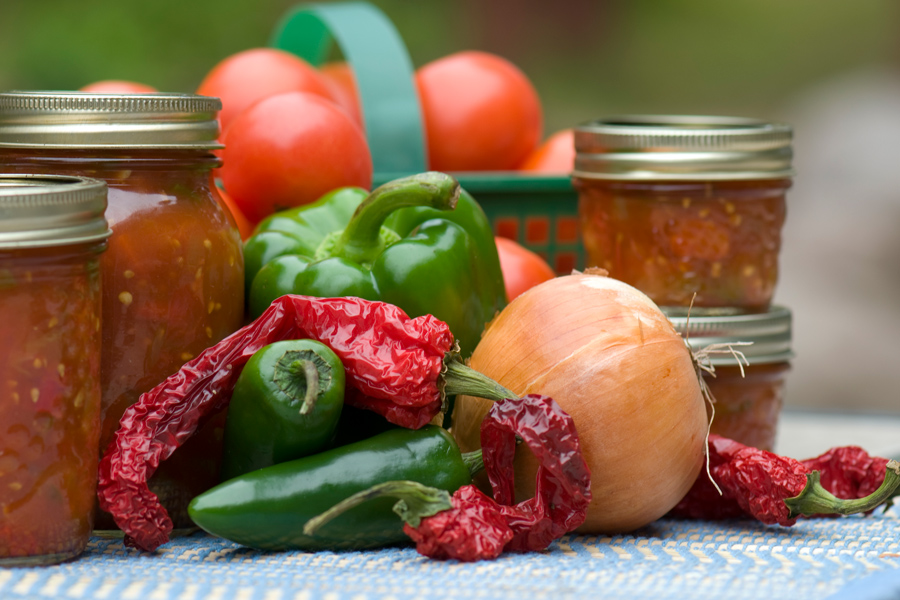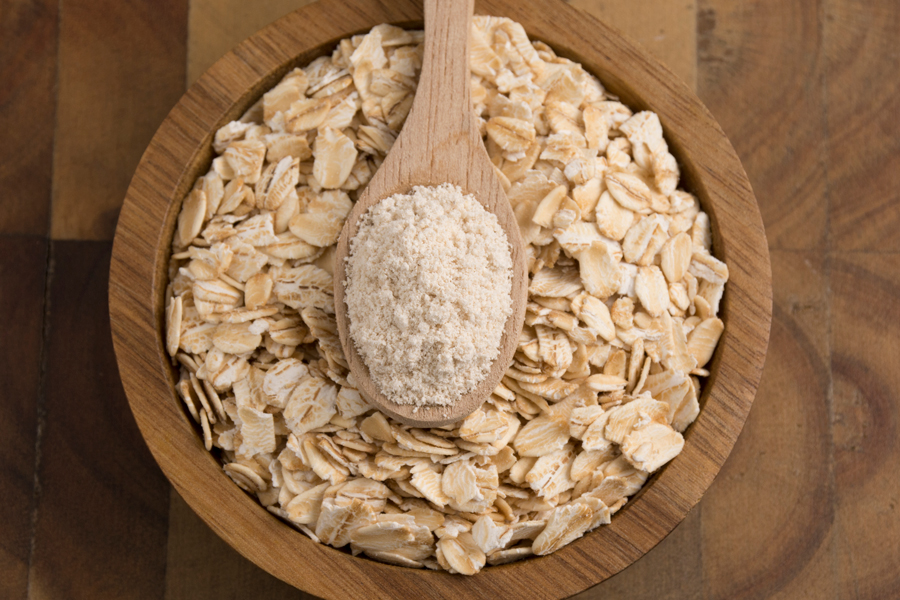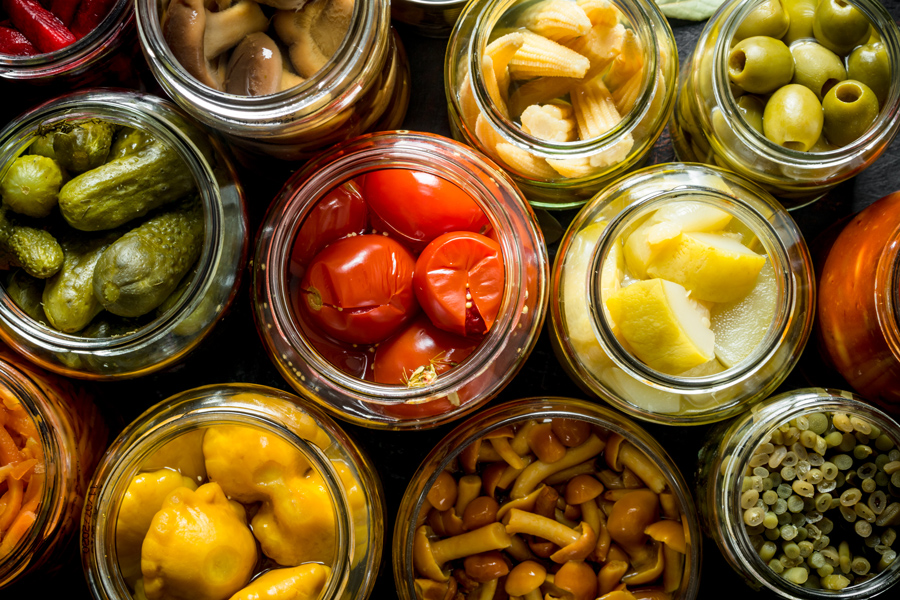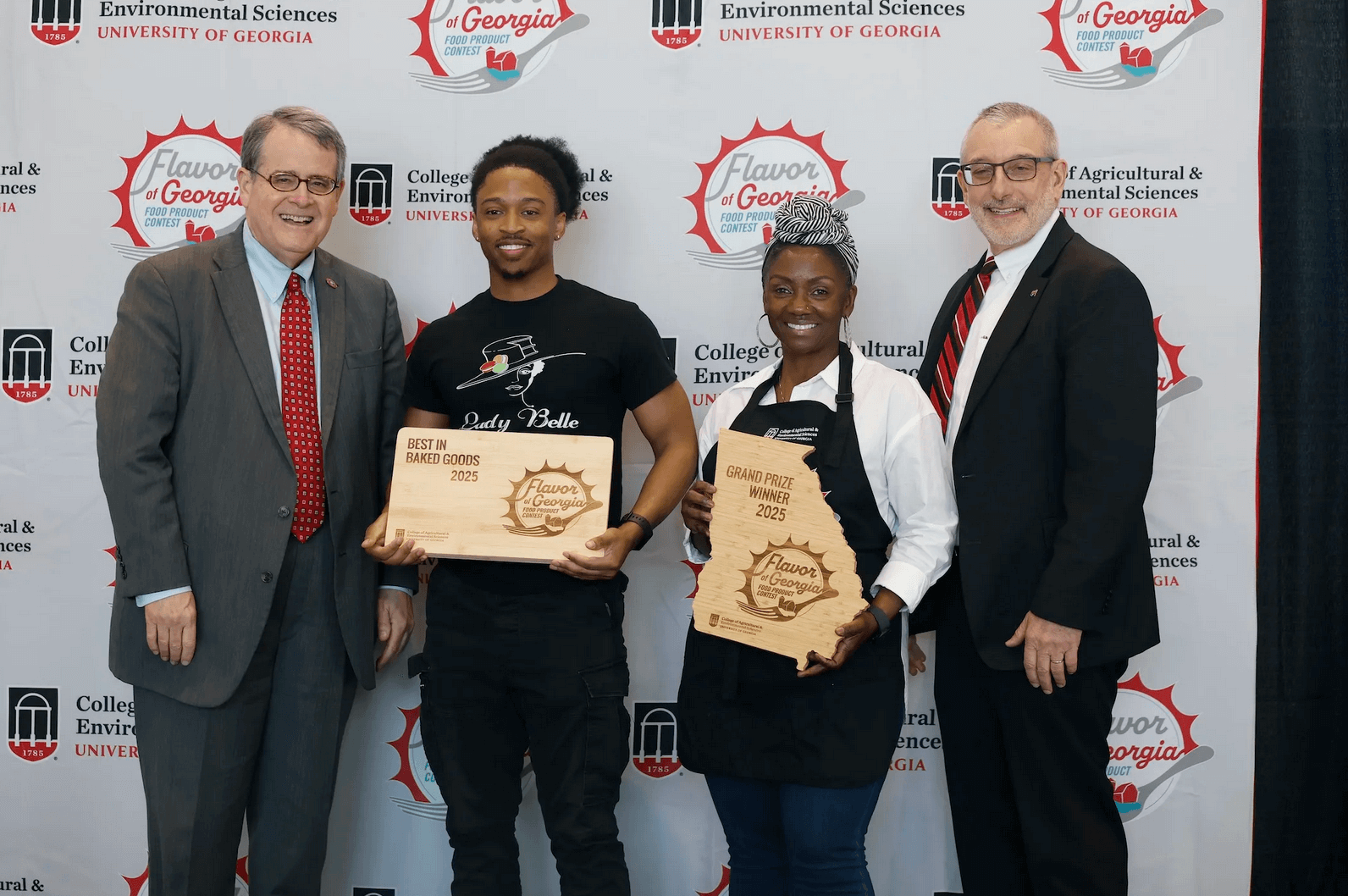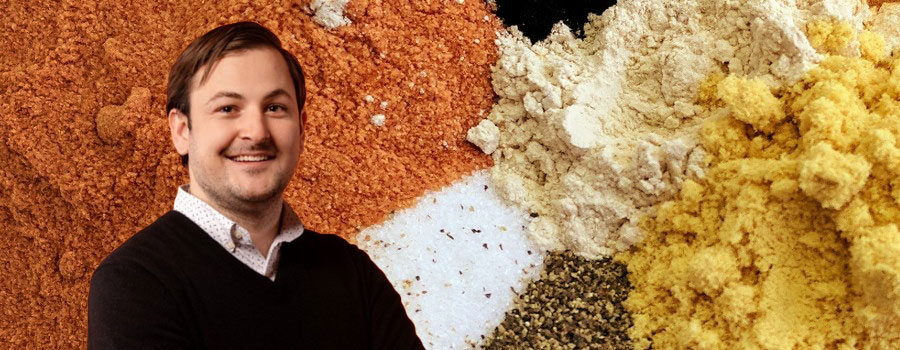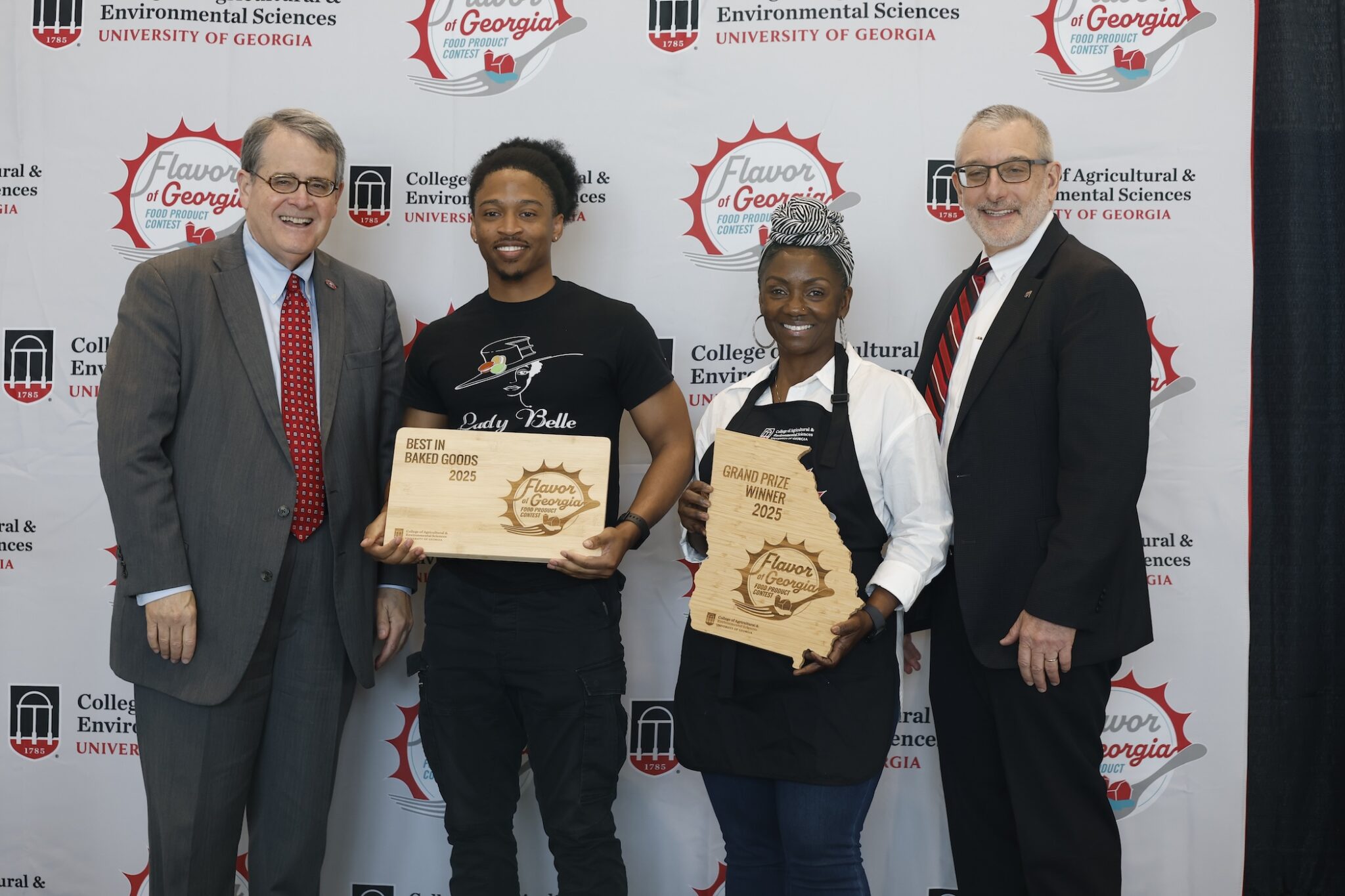For questions about this or other food science topics, please contact Extension Food Science at efs@uga.edu or call 706-542-2574.
Hot-Fill-Hold: A Thermal Preservation Process
Processors of acidified foods are required to comply with federal, state, and local regulations (when applicable) for thermal processing to ensure the safety and shelf-stability of their products. Acidified food regulations from the U.S. Food and Drug Administration can be found in the Code of Federal Regulations.
The hot-fill-hold (HFH) process is a thermal processing technique used to inactivate pathogens and extend the shelf life of acidified products. Heating before filling allows for commercial sterilization of the product, and then filling the container with the hot product will sterilize the clean container.
Hot-fill-hold involves five main steps:
- Heat the product,
- Fill containers with the hot product,
- Invert the containers to sterilize the headspace,
- Maintain a minimum hold temperature for a specified process time, and
- Cool the product.
Commercial sterility in food processing means eliminating microorganisms of public health concern and those that may spoil the food under normal storage and distribution conditions. For full details on using the HFH process, read the next UGA Extension publication in this series, C 1328-03 Preserving Acidified Foods Using the Hot-Fill-Hold Process.
Determining if the Hot-Fill-Hold Method is Right for Your Product
How Am I Acidifying the Product?
Producing an acidified food involves adding acids (pH < 4.6)—such as vinegar, lemon juice, or citric acid—to low-acid foods (pH > 4.6) to create an equilibrium pH in the container of 4.6 or lower. Acidified foods that use the HFH method for food safety and shelf stability must be carefully formulated to ensure the pH of the entire product is less than 4.6.
What is the Consistency or Texture of the Product?
The HFH process is generally well-suited for food products that flow and can take the shape of the container (e.g., liquid and semisolid foods). Inversion is used to sterilize the headspace of the container, so it is important that the product can fill the headspace when the container is inverted
How Thermally Stable are the Ingredients in the Product?
Products are typically heated to around 180–200 °F and held for 2–5 min at that temperature in the container. Because of this, it is important to understand the thermal stability of the ingredients to determine if HFH is the right process for the product. HFH may not be appropriate for foods with starches that would thicken during heating, for example, or for vegetables that would have a substantial loss in quality (softening) when heated.
In short, the hot-fill-hold process is suitable for foods that have an equilibrium pH < 4.6 and water activity > 0.85, can flow in the container, and would not be subject to quality losses during heating. Examples of products that are typically processed using the hot-fill-hold process include sauces, beverages, and salsas (Figure 1).

Advantages of Hot-Fill-Hold Processing
Greater Throughput During Heating
Product hold times typically are measured in minutes for hot-fill-hold, while alternate processing techniques, such as water-bath processing, require processing times up to an hour.
Better Product Quality
Because the product is typically heated in a well-mixed vessel, the heating usually is more even (and faster) than what is experienced during water-bath processing, resulting in higher product quality.
Cost-Effective, Simple Equipment
A typical HFH process will involve only the heating vessel and any other equipment needed for operations prior to heating the product. This makes it suitable for use by a smaller company because of the lower capital investment needed.
Disadvantages of Hot-Fill-Hold Processing
Limited Products
Products processed using HFH must be able to flow in the package so that all parts of the container contact the hot liquid. It is sometimes not suitable for very thick products or those that have large particulates.
Specialized Packaging
The packaging must be able to withstand high holding temperatures for several minutes. Many plastics will deform under these conditions, and specific packaging that has been validated under HFH conditions must be used.
Ingredient Degradation
Some ingredients may not be able to withstand the high temperatures required for HFH. Product quality may be compromised as a result, including changes such as altered viscosity, loss of color, and product separation.
Summary
A hot-fill-hold process can successfully create a shelf-stable acidified food product with proper product formulation and heating techniques. If the disadvantages outweigh the advantages of using HFH, an alternative process called cold-fill-hold may be used, which does not require thermal processing and instead relies on specific concentrations of acids in the food to reduce pathogens and spoilage organisms.
Thermal processes for acidified foods should be performed in consultation with a process authority and should be compliant with relevant federal, state, and local regulations.
Suggested Reading and References
Acidified Foods (Title 21), 44 C.F.R. § 16235 (1979). https://www.ecfr.gov/current/title-21/chapter-I/subchapter-B/part-114
Cornell Food Venture Center. (n.d.). Acid & acidified foods. Cornell Cooperative Extension. https://cals.cornell.edu/cornell-agritech/partners-institutes/cornell-food-venture-center/acid-acidified-foods
Georgia Department of Agriculture. (n.d.). Food processing safety guidelines. https://agr.georgia.gov/food-processing-safety-guidelines
Johnson, L. (2021). Acidified foods. North Carolina State Extension. https://foodsafetyprocessors.ces.ncsu.edu/acidified-foods/
